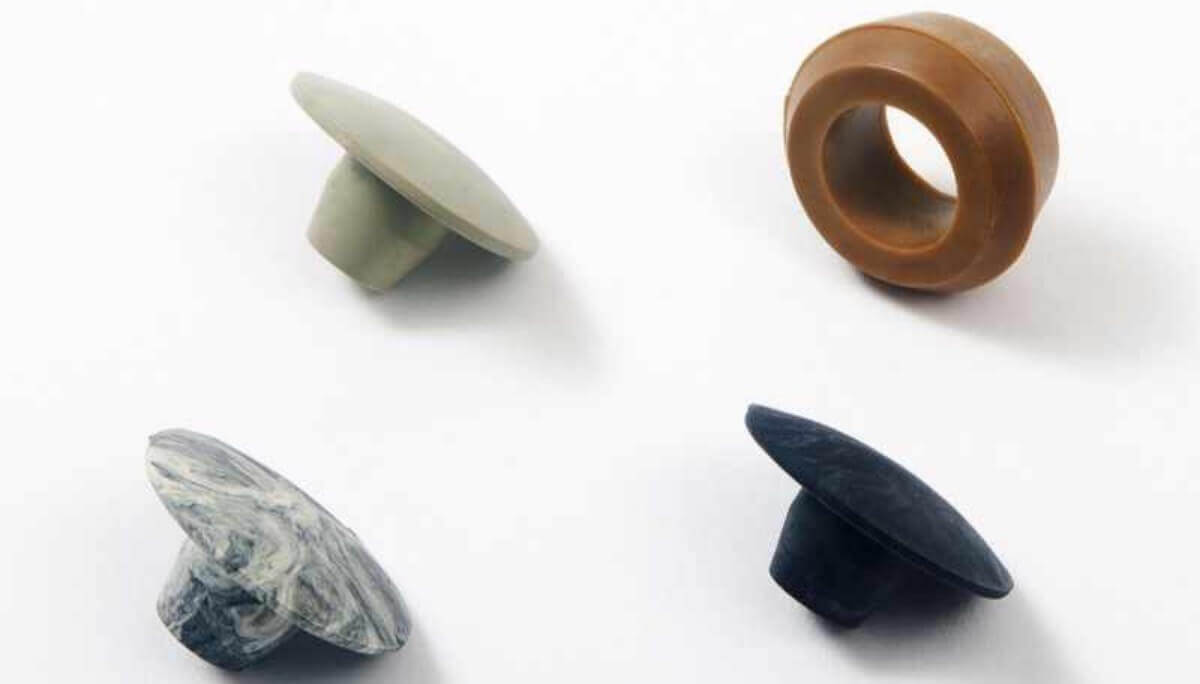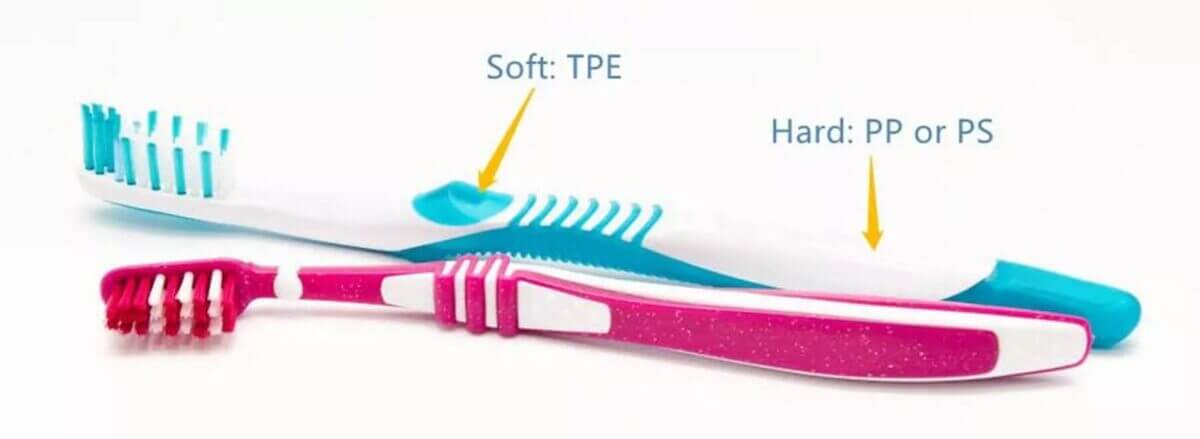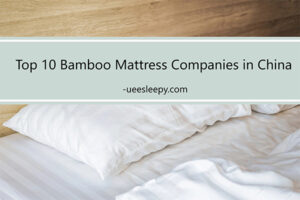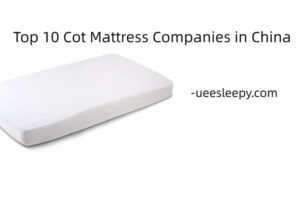There are surface problems with TPE injection molded parts. One of the reasons is the poor quality of raw materials, which is also related to the uneven dispersion of the formula, and secondly, it is also related to the setting of injection molding process parameters. The following are common problems and solutions for TPE injection molded parts.
1. Whitening phenomenon
The whitening phenomenon refers to the phenomenon that compounding agents such as stabilizers migrate to the surface of molded products, and the surface becomes powdery white.
Reason: Mainly due to the incorporation of too much stabilizer or the incompatibility with the polymer. Incompatibility can be solved by adding Nanjing Sutai-related compatibilizer. A stabilizer with good compatibility with the polymer should be selected or the dosage of the stabilizer should be controlled within the optimal range.
Additionally, some stabilizers migrate to the surface of the mold to perform their function. Such as antistatic agents, additives, etc. The stabilizer component for such a product must be difficult to whiten, even if it migrates.
When used in general environments, thermoplastic elastomers rarely have whitening problems. However, in high-temperature, vertical, and outdoor applications for a long time, a heat-resistant stabilizer (anti-aging agent) is added to improve adhesion. Weathering stabilizers are very necessary. It is very easy to cause migration at high temperatures, so choosing the right stabilizer is also crucial.

2. Stickiness
In the name of resin, the soft TPE Injection Molded part surfaces are more prone to tackiness. There are many TPE injection molding products, including TPE pillows, TPE mattresses, TPE cushions, etc…
Reason: Mostly due to the weight of stabilizers and migration to the surface leading to the formation of low molecular weight polymers and plasticizers. In any case, however, related substances can be easily identified by analyzing viscous components using analytical methods such as infrared spectroscopy (IR).
The stickiness is mainly due to the high molding temperature and the thermal decomposition of the polymer to form low molecular substances. Although the set temperature of the molding machine itself does not reach the thermal decomposition temperature, the shear heat generated during the molding process sometimes causes a temporary high temperature.
Solution: As a countermeasure, it is very effective to reduce the molding temperature, reduce shear, and purify the inside of the hydraulic cylinder of the molding machine with nitrogen. When the molding machine is paused, the rubber material is continuously placed in the molding machine in a molten state, and the mold cavity sometimes becomes sticky due to heat. In addition, products used at high temperatures tend to be sticky. Stabilizers and softeners must therefore be selected and dosed carefully.
3. Aging phenomenon
The mechanical performance of the product is obviously reduced, and the appearance quality deteriorates. Resulting in TPE injection molded parts gradually aging.
Reason: Compared with inorganic materials and metal materials, polymer materials have poor heat resistance and UV resistance, which will cause product wear and tear. Due to aging, a large number of products have an obvious decline in mechanical properties and poor appearance quality.
Solution: By adding heat-resistant, weather-resistant, and other stabilizers, adding ultraviolet absorbers, and light stabilizers, the aggravation phenomenon can be suppressed to a certain extent.
4. Stoma
Concave holes in molded products are mostly caused by shrinkage during cooling. In addition to requiring the material to fill the cavity, rapid cooling is also required. Specifically, increase the holding pressure (secondary pressure) and reduce the set temperature of the resin and the mold.
In addition, the shape of molded products can also be greatly substituted. For thicker parts prone to air holes, a model design with glue injection ports or glue channels around it should be used.
5. Burr
When it comes to rubber injection molding complications, flashing is normal, but not when it comes to resins or thermoplastic elastomers.
The reason is: Compared with rubber compounds, molten resin or thermoplastic elastomer has higher fluidity and lower injection pressure; when in contact with the mold, it solidifies instantly when it cools and stops flowing. Therefore, resins or thermoplastic elastomers are generally less prone to burrs.
In addition, it is very necessary to repair the alignment of molds with poor dimensional accuracy and gaps in the parting surface. It is necessary to use a large molding machine when the projected area of the molded product is large and the clamping force is relatively lower than the injection pressure.
6. Traces of running water
Streaks with varying degrees of gloss appear on the surface of molded products.
In general, there are the following types of streaks:
Record narrowly spaced fringes;
There are wider in-phase stripes on the top and bottom of the molding;
Narrowly spaced stripes of three different phases appear on the surface of the molded product.
This problem can be solved by adding pure monomer resin, increasing injection speed, mold temperature, increasing injection port, increasing resin temperature and injection speed, increasing molding temperature, mold temperature, or reducing injection speed. It is effective by increasing the injection speed and mold temperature.
7. Poor mold release
Sticky materials can easily cause this problem, but it can be improved by adding a release agent to the material or replacing the release agent on the mold before molding. In addition, unreasonable mold design will also cause difficulty in de-molding, especially the parts that are easy to stick to the mold, such as sprue and glue channels. It is very important to increase the pull-out angle of the glue outlet and widen the glue outlet channel.

8. Silver stripes
The radial streak phenomenon centered on the inlet is caused by the evaporation of moisture or volatiles in the material. Among them, the air involved in the plasticizing process or left in the mold can also cause this phenomenon. Therefore, it is very necessary to fully dry the hygroscopic material before molding and reduce the molding temperature of materials that are prone to generate decomposable gases.
9. Lack of material
This is mainly caused by improper molding conditions such as insufficient mold filling, but it can also be caused by insufficient exhaust or uneven runners (multi-cavity molds) during molding.
10. Burnt
Mainly due to insufficient exhaust, air or generated gas causes adiabatic compression, and the temperature rises immediately (that is, the surface of the molded product is thermally aged). Improved ventilation is a better solution. In less severe cases, reducing the injection speed can also resolve.
11. Uneven color
When the masterbatch of thermoplastic elastomer particles and dry blend is used as pigment for coloring, it is easy to have uneven color, uneven mixing, or poor combination of molded products; as a countermeasure, use appropriate coupling agent and compatibilizer. It is effective to increase the screw back pressure and strengthen the packing when mixing.
How useful was this post?
Click on a star to rate it!
Average rating 5 / 5. Vote count: 1
No votes so far! Be the first to rate this post.






